Rising Energy Demand
The increasing energy demand in Indonesia is a primary driver for the hydropower market. As the population grows and urbanization accelerates, the need for reliable and sustainable energy sources becomes more pressing. In 2025, Indonesia's energy consumption is projected to rise by approximately 5% annually, necessitating the expansion of renewable energy sources, including hydropower. The government aims to achieve a target of 23% renewable energy in the national energy mix by 2025, with hydropower playing a crucial role. This growing demand for energy is likely to stimulate investments in hydropower projects, thereby enhancing the overall capacity and efficiency of the hydropower market in Indonesia.
Government Incentives and Policies
Government incentives and policies are pivotal in shaping the hydropower market in Indonesia. The government has introduced various financial incentives, including tax breaks and subsidies, to encourage investment in renewable energy projects. In 2025, the government aims to attract $10 billion in investments for hydropower development. These policies are designed to streamline the permitting process and provide financial support for new projects, thereby fostering a conducive environment for growth. The commitment to renewable energy is further reinforced by the National Energy Policy, which prioritizes hydropower as a key component of Indonesia's energy strategy. Such supportive measures are likely to enhance the attractiveness of the hydropower market for both domestic and foreign investors.
Technological Innovations in Hydropower
Technological innovations are transforming the hydropower market in Indonesia. Advances in turbine technology, energy storage solutions, and smart grid systems are enhancing the efficiency and reliability of hydropower plants. In 2025, it is anticipated that the implementation of these technologies could increase energy output by up to 20%, making existing plants more productive. Furthermore, innovations in environmental monitoring and impact assessment are helping to mitigate ecological concerns associated with hydropower projects. As these technologies become more accessible, they are likely to attract further investment and improve the overall performance of the hydropower market, positioning Indonesia as a leader in renewable energy technology.
Environmental Sustainability Initiatives
Environmental sustainability initiatives are increasingly influencing the hydropower market in Indonesia. The government has committed to reducing greenhouse gas emissions by 29% by 2030, which aligns with global climate goals. Hydropower, being a clean energy source, is seen as a viable solution to meet these targets. The emphasis on sustainable development encourages investments in hydropower projects that minimize ecological impact while providing energy. In 2025, it is estimated that hydropower could contribute to reducing carbon emissions by approximately 15 million tons annually. This focus on sustainability not only supports the hydropower market but also enhances Indonesia's reputation as a leader in renewable energy.
Regional Development and Infrastructure Growth
Regional development and infrastructure growth are significant drivers of the hydropower market in Indonesia. The government's focus on improving infrastructure, particularly in remote areas, is creating opportunities for hydropower projects. By 2025, it is expected that investments in infrastructure will exceed $15 billion, facilitating the construction of new hydropower facilities. Improved transportation and communication networks are essential for the successful implementation of these projects, enabling better access to resources and markets. This infrastructure growth not only supports the development of the hydropower market but also contributes to economic growth and job creation in local communities, thereby enhancing the overall energy landscape in Indonesia.


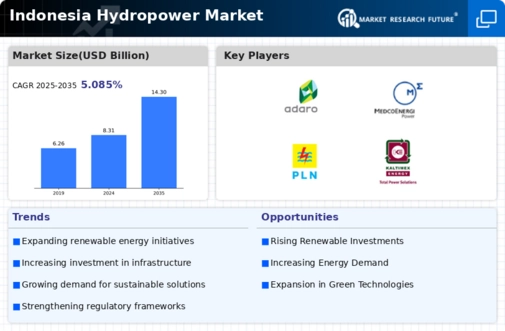
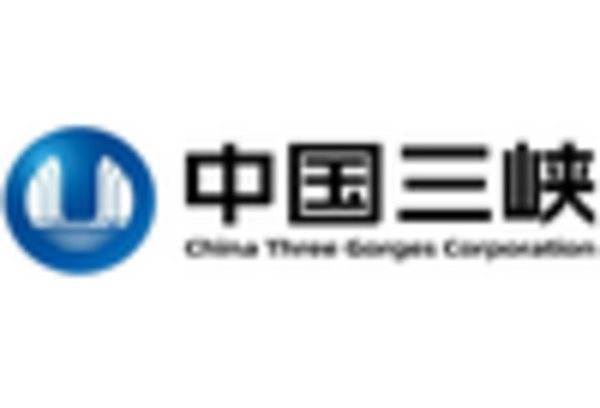
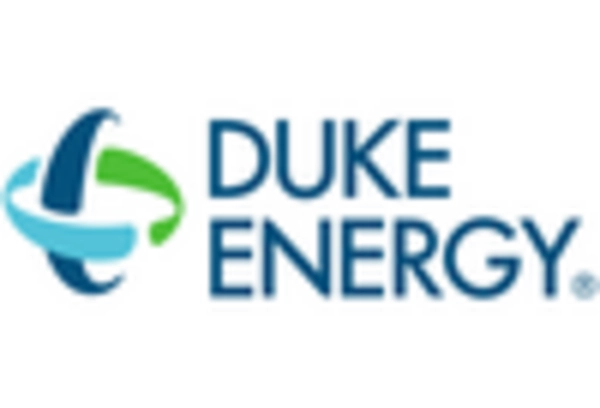
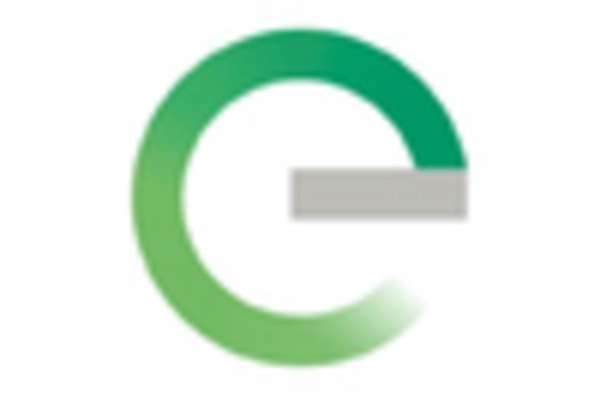
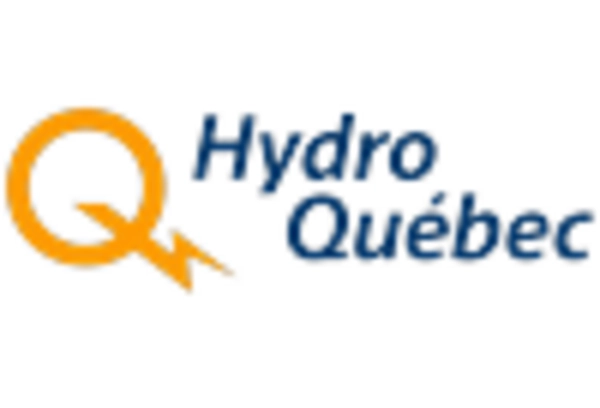
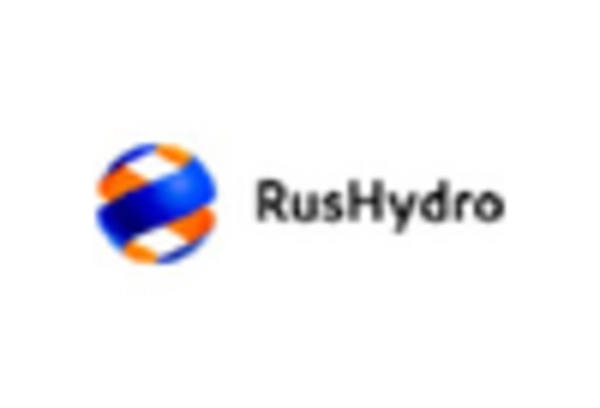









Leave a Comment